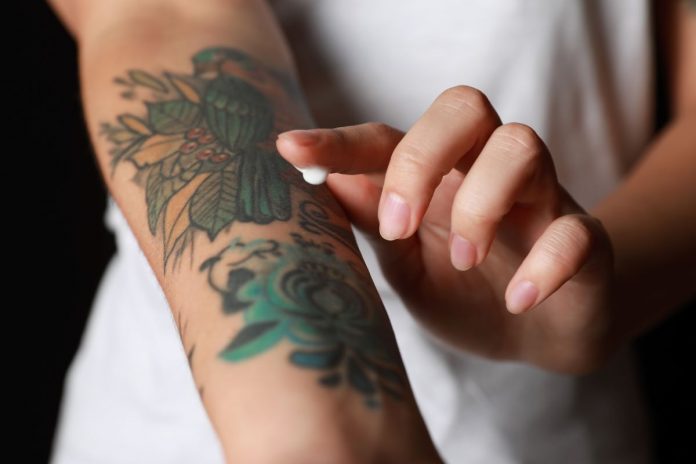
Years after that wild night you got your animal tattoo, you might think it is time to take it off. Unfortunately, you don’t have the money to get that expensive treatment to get rid of your embarrassing tattoo once and for all. You might be thinking, can you remove tattoos at home?
The concept of DIY techniques typically works, but not for tattoo removal. Although it may seem inexpensive and enticing, it’s really not a good idea to do it at home. Given the danger of at-home tattoo removal, you might cause more harm than good.
Here are the things you should consider before pursuing the idea of removing tattoos at home.
Quick Navigation
- 6 Tattoo Home Removal Methods That Just Don’t Work
- Is It Safe to Remove A Tattoo At Home?
- Are DIY Tattoo Removal Creams Effective?
- Does Hydrogen Peroxide Fade Tattoos?
- What Is The Fastest (Safest) Way to Remove Tattoos?
- Takeaway
6 Tattoo Home Removal Methods That Just Don’t Work
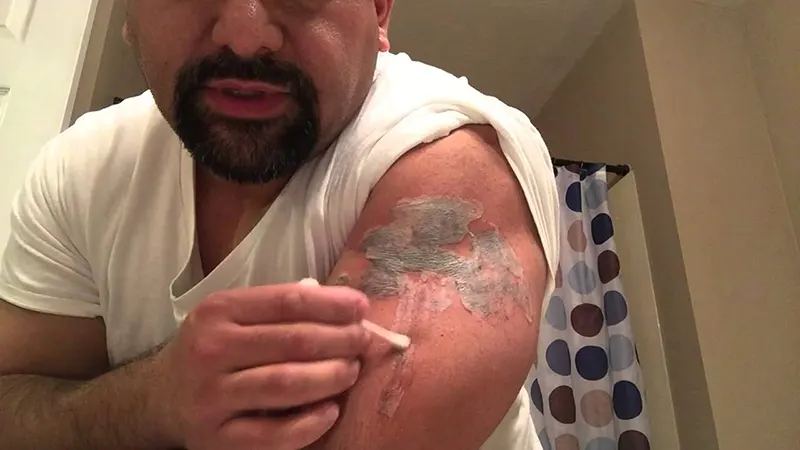
Some articles or blog posts you have already read online may suggest ways to lighten up or permanently remove your unwanted tattoo. Tattoos are etched deep down to your dermis, the middle layer of the skin underneath the epidermis.
However, most DIY tattoo removal alternatives penetrate just the first layer of the skin or the epidermis.
Some methods on the list may lead to skin damage and leave unlikely side effects, so be careful.
1. Aloe vera gel and yogurt
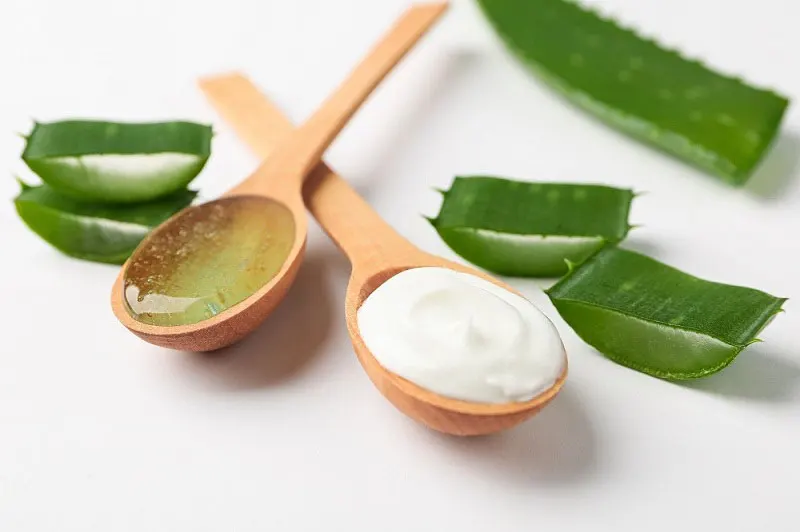
A lot of people claim aloe vera and yogurt can lighten up your tattoo in a natural way. To tell you truthfully, they do not work at all!
Even though these are painless and safe ways, there are no medical claims that they work. However, aloe vera and yogurt might be effective if you want to moisturize your skin or calm some stubborn skin rashes down.
2. Sand

One of the most painful home tattoo removal methods is using sand—people who rub sand on their skin attempt to imitate the effects of dermabrasion performed by professionals.
However, there is no proof that sand is beneficial as of right now. Instead, it could cause wounds, rashes, skin irritation, and infections.
3. Lemon Juice

Lemon juice is frequently used in at-home skin care recipes as an essential DIY skin whitening agent. The component is highly acidic, though, which can cause rashes and sensitivity, primarily when employed with sun exposure.
Applying lemon juice won’t be able to dissolve the ink. This will be painful, at the very least. The worst-case scenarios involve infection and scarring as a result of doing this.
4. Salicylic Acid
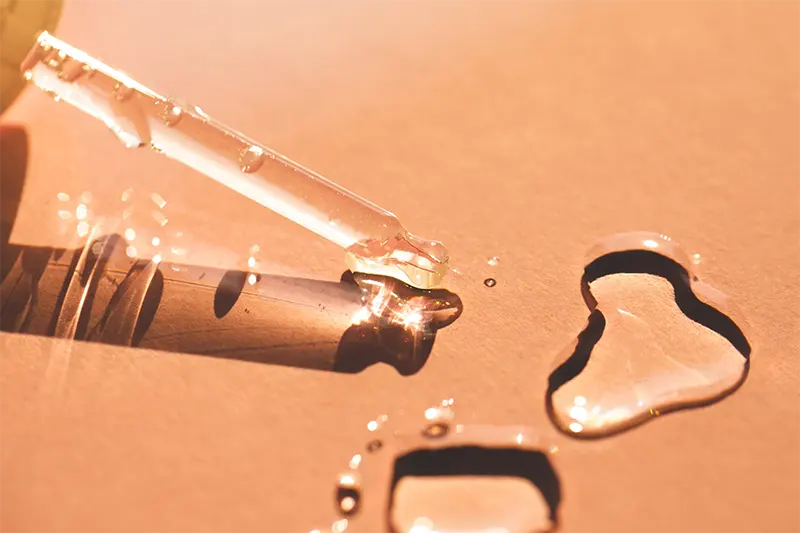
Salicylic acid is used as an exfoliating ingredient in many skin care products. Although the chemical helps to exfoliate dead skin cells, it only does so topically. Salicylic acid won’t penetrate the dermis to remove tattoo pigments, but you may detect a slight fading.
5. Glycolic Acid
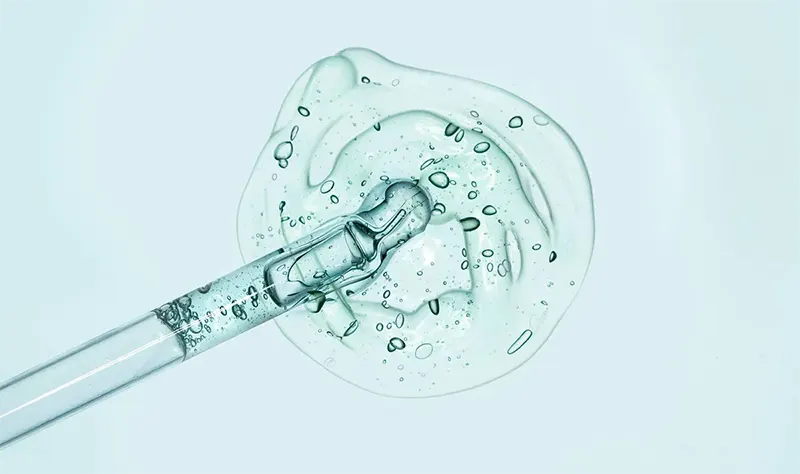
Because it can assist in removing the top layer of skin, glycolic acid is a more potent kind of alpha-hydroxy acid (AHA) than salicylic acid. By removing many layers of skin, acid peels like glycolic acid peels, TCA peels, and acid injections may lightly fade tattoos.
The chemicals have harmful and frequently long-lasting adverse effects, much as creams for getting rid of tattoos. The component is ineffective for tattoo removal because it once more only affects the epidermis.
6. Burning
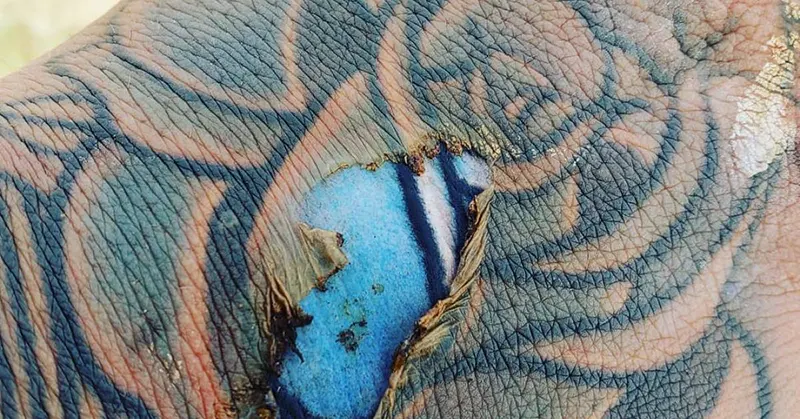
Some people try to burn off their tattoos with a blow torch or a lighter in a desperate bid to get rid of them. The intention is for the tattoo to become a scar and fall off.
Tattoo ink is still visible even after scar forms because it is deeply ingrained inside the dermis. You run the risk of nerve injury, infection, scarring, and scarring if you’re ignorant enough to try this procedure.
The lesson here is simple: never use a kit or any other method at home to remove a tattoo. Laser tattoo removal is the only method that can be used to safely and effectively remove a tattoo.
Is It Safe to Remove A Tattoo At Home?
The Food and Drug Administration (FDA) has not approved home tattoo removal methods. Aside from the dangerous side effects of removing unwanted tattoos at home, these means still lack efficacy and safety.
Salabrasion or sand abrasion is a risky, useless method for getting rid of tattoos. It involves rubbing a salt solution on the skin, removing the epidermis, and leaving the skin raw and red.
If you do not want to risk yourself with a possible infection, permanent scarring, or nerve damage, never try removing tattoos on your own.
According to the theories, the pigment from the tattoo will fall off with the skin as it scales and falls off over time.
A piece of news from CBC Radio-Canada reported that at least 18 ladies who wanted their tattoos removed are now permanently scarred due to their skin being severely burned during the removal procedure.
Are DIY Tattoo Removal Creams Effective?
Before heading on to the idea of gimmicky tattoo removal cream, think twice. These creams claim to lighten the appearance of permanent tattoos.
Dr. Robyn Gymrek, the board-certified dermatologist at UnionDerm in New York City, said, “They claim to remove tattoos by bleaching or peeling away the top layer of your skin and allowing for the release of tattoo pigment.”
Why Do Most People Assume Creams Work?
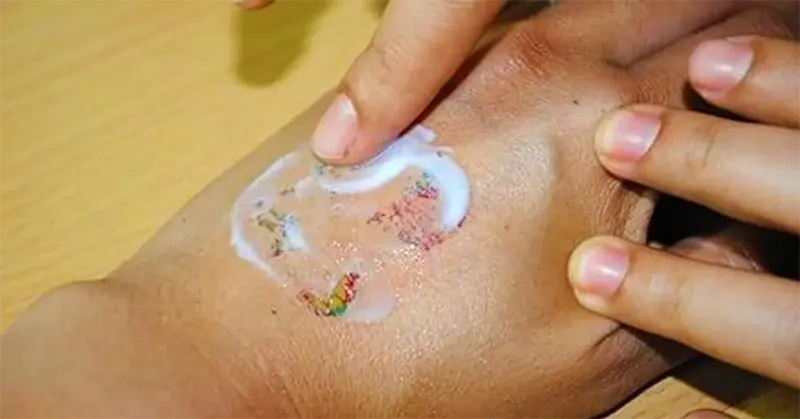
Most tattoo removal creams contain trichloroacetic acid (TCA), known for removing the epidermis’ outermost layers.
However, it can only reach the dermis when given in high doses. TCAs can only be used by medical specialists and have FDA approval.
As a result, TCA cannot be used at home, according to FDA. It is not regulated, and the FDA has not given its sale in any marketplace its approval.
Tattoo removal creams are more of a misconception than anything else, as you may have figured by this point. While the creams’ recipes claim to be quite effective, permanent ink is more likely to be lightened than wholly removed. In terms of efficacy and safety, they are rated zero.
Tattoo removal lotion is especially harmful to deep skin tones because it’s practically hard to apply only when you have ink. Do not try making a homemade tattoo removal cream, too! Instead, you risk lightening the surrounding skin after the healing process.
Does Hydrogen Peroxide Fade Tattoos?
Hydrogen peroxide can lighten tattoos.
However, as said, it only penetrates the epidermis part. It cannot go into the dermis layer, and as a result, most of the people who have already tried this one have seen lightening effects to an extent only.
They said that the ink was still visible below the surface. Remember that it is a first aid product. Too much use of it may irritate your tattoo.
What Is The Fastest (Safest) Way to Remove Tattoos?
While DIY methods and natural remedies may seem a great way of removing tattoos at home, do not be gullible. Opt for professional tattoo removal instead.
Remember that the main worry when attempting tattoo removal at home is that if something goes wrong, you won’t have access to assistance or a qualified medical professional.
Here are the professional tattoo removal methods recommended by medical professionals and aestheticians.
Laser Tattoo Removal
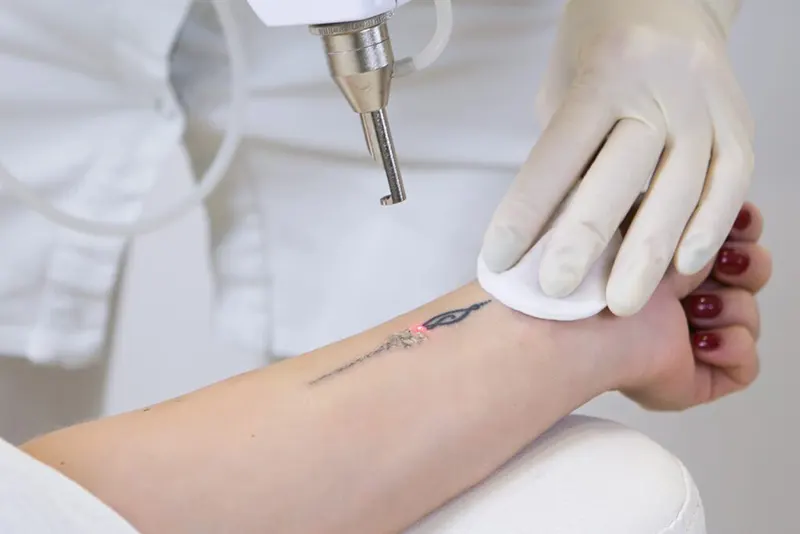
Laser tattoo removal or Q-switched Lasers is the most popular, most effective, and safest way to remove your tattoo. These lasers deliver a brief burst of intense heat that breaks down the ink in the skin into tiny particles, which are then removed from the skin by macrophages.
The number of treatment sessions may depend on the size and location of your tattoo. Darker skin generally requires more treatments, and after removal, it may experience more extreme hypo or hyperpigmentation, according to her.
Surgical Removal

Surgical removal is only recommended for small tattoos because although surgical tattoo removal works, it leaves a scar. A local anesthetic injection numbs the skin before surgical removal.
Using a scalpel, the tattoo is removed, and the skin’s edges are sewn back together. Antibacterial ointment used after the surgery aids in healing.
Dermabrasion
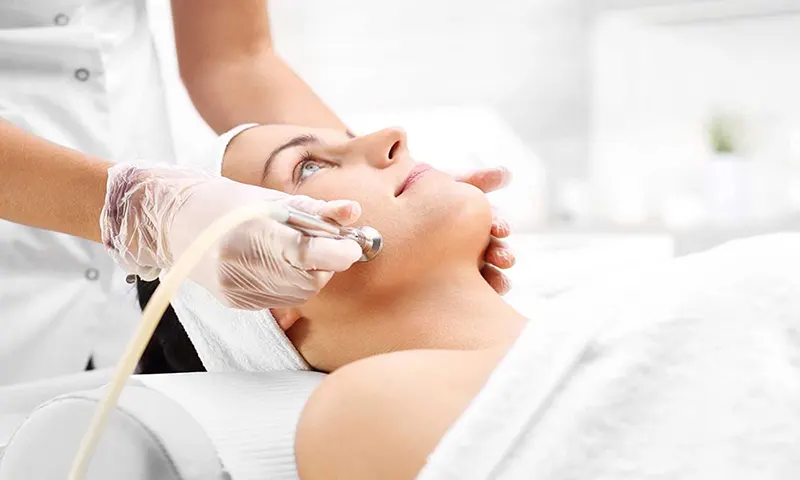
The tattooed location is often cooled until it becomes numb during dermabrasion. After that, a high-speed rotary tool with an abrasive wheel or brush sands the tattooed skin to deeper levels. This makes it possible for the tattoo ink to peel off the skin.
Dermabrasion isn’t popular because of its uncertain consequences and less effective outcomes than laser tattoo removal or a laser removal and excision combination.
After the surgery, the affected area may feel raw and uncomfortable for a few days. It may take two to three weeks to recover.
Takeaway
The top layers of skin are commonly removed by using dermabrasion equipment or the dangerous acids present in many of these so-called tattoo removal kits. As a result, you’ll probably get scars and discolored skin.
The top layers of your skin must first be removed with a dermabrasion tool, per the instructions of one well-known tattoo remover, before an unknown gel may be applied to your tattoo. Does that seem trustworthy?
Again, professional tattoo inks are firmly embedded into the dermis, rendering at-home tattoo removal treatments ineffective. Simply peeling off the top layers of skin wouldn’t even have any impact on the majority of tattoos.
Only laser removal can safely and effectively penetrate the skin and remove even the most unwanted tattoos.









